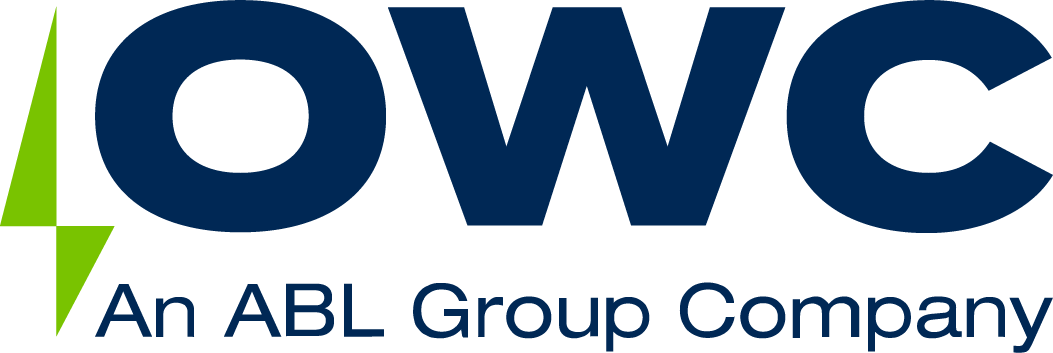“98 Cents On The Dollar”: a new market for tax credits to deliver US renewable growth
A groundbreaking deal by First Solar in the US to sell tax credits to investors under the new IRA guidelines sets an advantageous precedent – which could prove beneficial for offshore wind. John MacAskill investigates.
First Solar, a prominent US-based solar panel manufacturer, recently made a significant move by selling up to $700 million in tax credits to Fiserv, a global fintech firm. This transaction, executed at $0.96 on the dollar, was facilitated under the Inflation Reduction Act’s (IRA) new guidelines. This groundbreaking deal by First Solar represents one of the first major sales of 45X tax credits, also known as Advanced Manufacturing Production tax credits, in the solar industry.
This transaction is not just a financial decision for First Solar; it has broader implications for the renewable energy sector, particularly in creating a market for tax credits.
Innovating renewable financing
The ability to sell tax credits as seen in the First Solar-Fiserv deal demonstrates a significant shift in how renewable energy projects can be financed. Following the adage that “a bird in the hand is worth two in the bush”, it introduces a new level of liquidity for renewable energy companies, allowing them to monetize their tax credits quickly rather than waiting for traditional tax refund processes.

It provides First Solar with immediate liquidity, rather than waiting for a tax refund season or the processing of tax benefits by the US Department of the Treasury, which could potentially delay funds until the latter part of 2024.
This flexibility can be particularly beneficial for companies planning large-scale investments or expansions.
It sets a valuable precedent for the solar industry, confirming the marketability and value of these credits.
“This transaction not only demonstrates the tangible benefits of the IRA but also marks the emergence of a dynamic tax credit market. By monetising tax credits, companies like First Solar can now inject liquidity directly into their projects, accelerating growth and innovation. This deal is a harbinger for the solar industry, showcasing new financial pathways that can significantly bolster solar development across the US.”
Richard Abrams, Director of Onshore Renewables
The ripple effect
This development in the solar sector sets a precedent that could be advantageous for offshore wind. The transferability of tax credits, as outlined in the IRA, allows offshore wind developers to sell their credits to entities with larger tax liabilities.
This financial manoeuvrability could prove crucial in attracting more investment into the offshore wind sector, supporting its growth and development.
While the First Solar development directly impacts the solar industry, its ripple effects extend to offshore wind in several ways:
- Tax credit utilization: The IRA’s provisions for transferring tax credits can help offshore wind developers who might not have enough tax liability to fully benefit from these credits. This flexibility can enhance the financial viability of offshore wind projects.
- Encouraging local content: The requirement for domestic content in offshore wind projects, similar to the provisions that benefited First Solar, can stimulate local manufacturing and job creation within the offshore wind supply chain.
- Expansion into new areas: The IRA facilitates leasing in previously restricted areas, paving the way for broader offshore wind development.
- Addressing sector-specific challenges: As with solar, the offshore wind industry faces its own set of challenges, including the need for specialised vessels and an efficient permitting process. Addressing these challenges is critical for harnessing the full potential of the IRA’s provisions, much like First Solar’s utilization of the tax credit market.
“The First Solar deal, leveraging the IRA’s framework, is a masterstroke for renewable energy finance. For the offshore wind sector, particularly in the US, this paves the way for more aggressive, creative financing models. It’s a significant step, not just for solar, but for the broader ambitions of offshore wind, potentially transforming how we fund renewable energy projects.”
Jeff Fodiak, Director of Americas
Looking ahead
The First Solar transaction marks a new era in renewable energy financing, with significant implications for the solar and offshore wind sectors.
The deal establishes a marketplace for these tax credits, which can be significant for other companies in the renewable energy sector. It shows that there is an appetite among financial service companies to purchase these credits, creating a new form of financial transaction in the renewable energy space.
This could lead to a more dynamic and flexible financial environment for companies looking to invest in clean energy technologies and manufacturing. For the offshore wind industry, this development could accelerate growth, support domestic manufacturing, and enhance the sector’s overall financial health.
The coming years will likely see more renewable energy companies following First Solar’s lead, using innovative financial strategies to leverage govt policies for operational and financial benefits.
By John MacAskill, Group MD Renewables
Jeff and Richard will be at InterSolar North America, in San Diego CA, from 15-17 January. Reach out to arrange a meeting and discuss how OWC can support your solar, wind or storage project:


